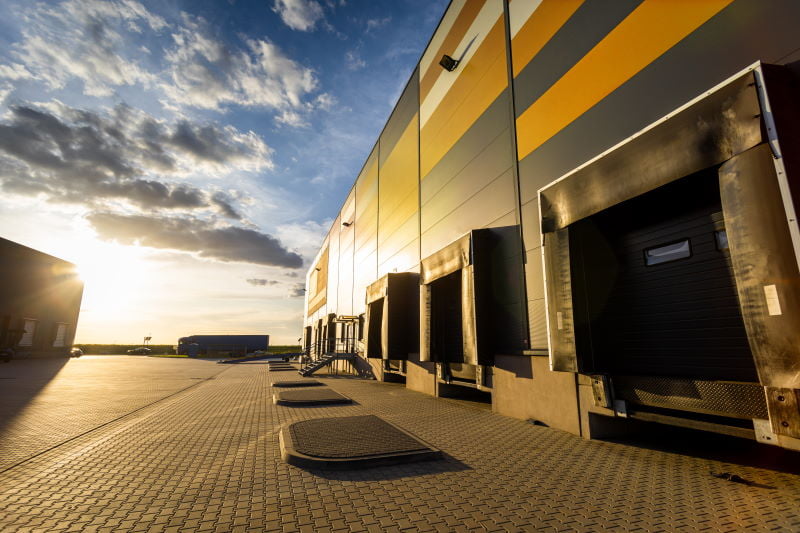The dock area is one of the busiest and most dangerous areas of a facility. Did you know that a forklift accident could cost a company in the range of $10,000 to $135,000 per accident? Protecting your building and employees saves you money and prevents unsafe conditions.
Steel And Polymer Guarding
There are many proven safe and cost-effective solutions for loading dock safety. Structural steel and polymer guarding are effective in protecting overhead door tracks. This guarding ensures safe operation while avoiding expensive door and building repairs. Flexible polymer and steel guarding come in many forms. These forms can include bumpers, bollards, guardrails, and truck wheel guides to protect your building and utilities stationed in or near the loading dock or parking lot areas. Employing bumpers is an excellent way to prevent drivers from striking your structures and utilities while still allowing the truck to operate without interruptions in the dock area.
There needs to be protection for your people and powered equipment from potentially falling off the dock. A suitable rail or pivoting guard rail will provide a safe barrier for hazardous open ledges. You can enhance the fences with dock door netting, which prevents items from rolling into the truck well.
Utilize Cages For Guests
When guests enter your facility, utilizing cages in dock areas protects them from coming onto the shop floor as they wait for an appropriate escort, required safety training, or personnel protective equipment. Such cages improve facility security and safety by restricting access to high traffic, busy and dangerous dock areas.
Because these cages are located in high traffic areas, you’ll want to protect personnel from being struck by mobile equipment. Using bollards or guardrails can protect the cage and the people inside it. A single railing is sufficient to save individuals, but utilizing a double guard rail prevents trip hazards and could save you additional money in the long run.
Be smart and protect your people, product, and facility with protective guarding. Some planning and investment upfront can save money and personnel in the long run. Your warehouse and employees with thank you.

